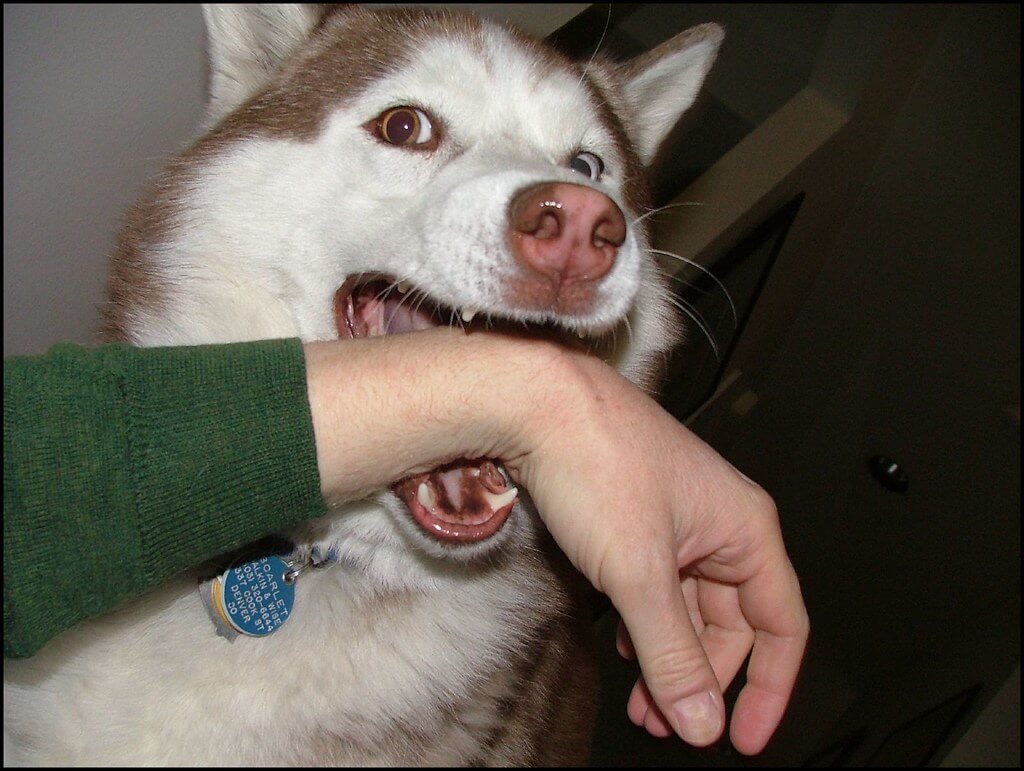A study of 50 dog bite wounds revealed that the commonest colonizing:1
- Aerobic micro-organisms are: Pasteurella (50%), Streptococcus (46%), Staphylococcus (46%), Neisseria (32%), and Corynebacterium (12%), Eikenella corrodens (2%)
- Anaerobic micro-organisms are: Fusobacterium nucleatum (16%), Bacteroides tectus (14%), Prevotella heparinolytica (14%), Propionibacterium acnes (14%), Prevotella intermedia (8%), Peptostreptococcus anaerobius (8%), Porphyromonas macacae (6%), and Porphyromonas cansulci (6%)
Concern: Primary closure, provides a potential for faster and better wound healing, as well as better cosmesis. However, if suturing is done when infection persists, it might contribute to non-healing, as well as infections with serious or even fatal consequences.

Evidence base:
A systematic review was published in 2019, which included the analysis of 4 RCTs that compared primary with the non-closure or delayed primary closure fo dog bite wounds. The authors concluded that they were uncertain whether primary closure reduces the proportion of wounds which are infection-free when compared with no closure as the certainty of evidence has been assessed as very low. There was moderate-certainty evidence of a benefit in cosmesis of dog bite wounds when primary closure was compared with no closure but this was too small to be clinically important.
Even a mild to modest improvement in scar outcome might be of considerable importance depending on patient values and contexts. Clinicians might take into consideration the location of the wound along with individual patient preferences when making decisions.
They found only one trial comparing primary closure versus delayed closure and found very low-certainty evidence on the difference in infection risk between the two methods of closure for dog bite wounds.2
A 2014 Meta-analysis of 4 RCTs four showed no apparent difference in infection rates between primary closure and nonclosure (7.0% vs. 7.6%; relative risk = 0.93; 95% confidence interval, 0.6 to 1.4).3
The timing of wound closure and their principles have been discussed earlier.
Hence, dog bite wounds especially in the face must be copiously irrigated and the risk of poor cosmetic outcome and infection should be weighed and explained to the patient when deciding for the primary closure.